Strength Training Tips for Beginners
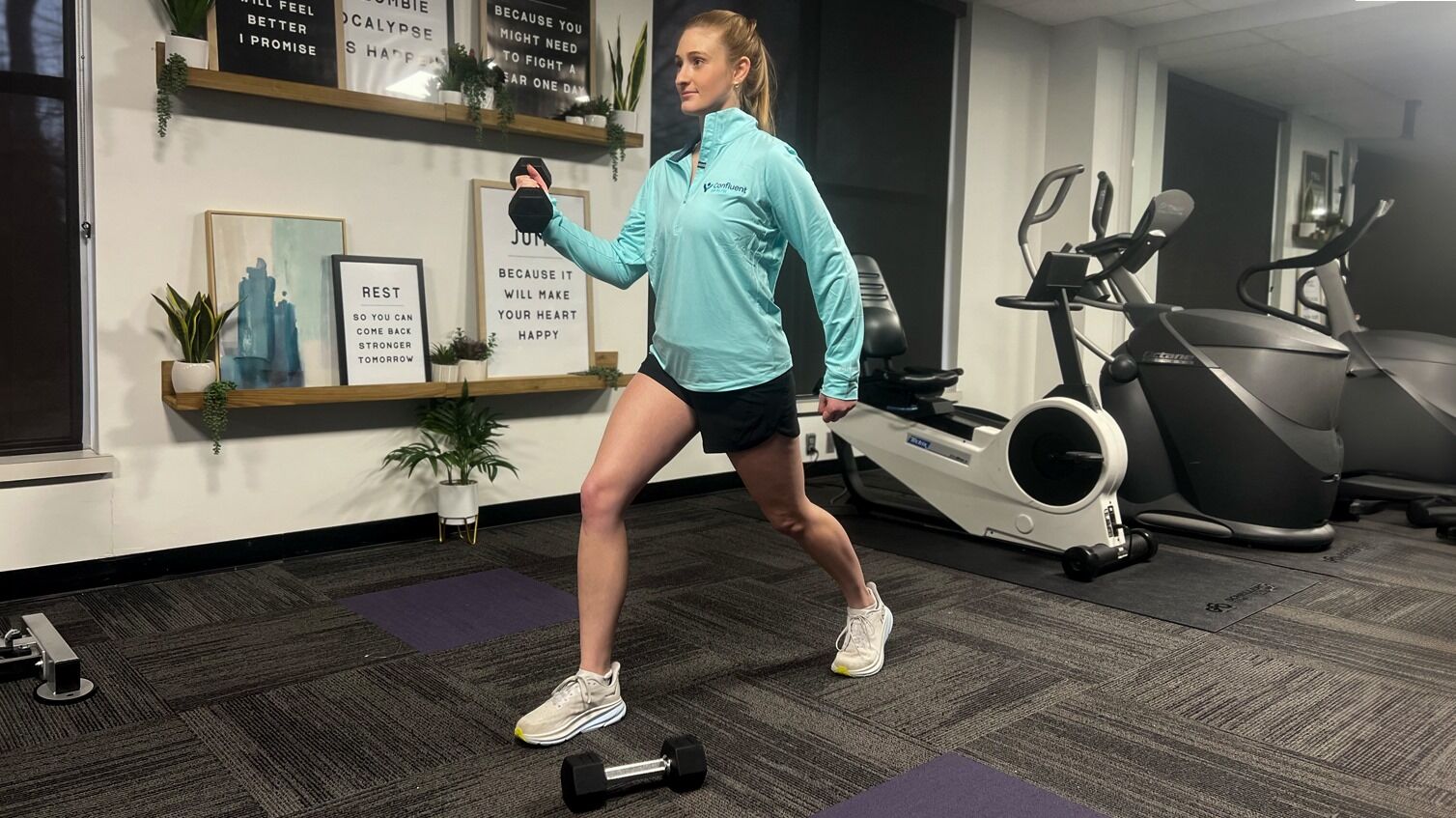
Posted January 8, 2024
Written by Alex Corbett, PT, DPT
Who Can Benefit from Strength Training?
Mark Bell coined the phrase, “Strength is never a weakness. Weakness is never a strength.” Everyone can find value in strength training because it provides value in so many dimensions. Whether you are a teenager or an older adult, there is at least one reason why strength training will benefit you. This list is not all-inclusive, but below are 10 benefits of strength training:
- Increased Strength and Power: Strength training isn’t only for athletes. By improving strength, daily activities like going up the stairs, lifting boxes, or carrying groceries become more manageable.
- Better Sleep Quality: In one recent study, those who performed consistent strength training slept better than those who performed only cardio or were sedentary.
- Improved Resilience & Injury Reduction: Regularly performing resistance training makes the body more resilient and less prone to injuries from everyday life.
- Better Body Composition: Strength training can lead to a decrease in body fat and an increase in lean muscle mass.
- Improved Cognitive Function: Studies have shown that regular resistance training is correlated with higher cognitive function, independent of age.
- Enhanced Bone Health: Resistance training helps increase bone density and reduces the risk of osteoporosis.
- Better Joint Function: Strengthening muscles around joints provides better support, improves mobility, reduces pain and lowers the risk of injuries.
- Better Heart Health: Regular resistance training has cardiovascular benefits, such as improved blood pressure and reduced risk factors for heart disease.
- Improved Insulin Sensitivity: Resistance training enhances the body’s ability to regulate blood sugar levels, reducing the risk of type 2 diabetes.
- Stress Reduction: Engaging in resistance training can reduce stress levels and improve mood by promoting the release of endorphins.
Tips for Getting Started
Beginning a new strength training regimen can be daunting, but don’t worry, we’ve got you covered with sample routines and expert tips from a PT on:
- Creating a plan
- How many days per week of strength training
- Choosing your exercises
- How many reps and sets to perform
- How much weight to use
Create a Plan and Be Consistent
The difference between exercising and training is that training requires a goal, and each session has a purpose. If your goal is to have stronger legs, then your strength training program should reflect that. Ideally, you should plan what each week and session will consist of before you begin the week. For example, you could plan to go to the gym on Monday and Thursday and set a goal to do 4 sets of leg presses each day.
Planning your workout days and what you want to accomplish helps eliminate second-guessing. As a physical therapist, this is one of the biggest barriers to starting a fitness regimen that I see. Individuals who stick to a plan are more successful than those who try to figure it out along the way.
How Many Days Per Week of Strength Training
This is referred to as frequency, and there is substantive evidence that strength training anywhere between 1-6 days per week can increase your strength. There are advantages to a higher frequency training plan, however, it really boils down to how many days per week you can commit to.
For beginners, here is my recommendation:
- Start with 1-3 days per week of strength training per muscle group.
The number of days depends on what best fits your schedule and overall goals. Remember, the best plan is the one you can stick to!
Choosing Your Exercises
It can be difficult to know whether to use machines, dumbbells or barbells when you’re just starting. The good news is that it doesn’t matter what you use. Pick whatever you’re comfortable with and stay consistent in using that resistance option. If you frequently cycle through free weights, machines, and body weight exercises, it becomes difficult to track progress.
I recommend beginners choose:
- (1) upper body pushing exercise
- (1) upper body pulling exercise
- (1) lower body exercise
Further narrowing these down to multi-joint exercises will also give you the best bang for your buck.
Here are some examples:
- Upper body pushing exercises
-
- Bench press, machine chest press, pushups, shoulder press, assisted dips
- Upper body pulling exercises
-
- Cable machine rows, dumbbell rows, lat pull-downs, assisted pull-ups
- Lower body exercises
-
- Squats, leg press, deadlifts, lunges, hip thrusts
How Many Reps to Do
Quick note: A repetition (rep) refers to a single movement, whereas a set refers to how many separate collections of reps are performed. For example, if you do 10 squats in a row, take a minute break, and then do another 10 squats, you will have done 2 sets of 10 reps.
The number of reps you should perform is inversely related to the weight you’re using. Simply put, the heavier the weight you lift, the fewer reps you can do.
My recommendation:
-
- Perform 3-5 reps per set if your goal is for strength only.
- Perform 6-15 reps if your goal is for a blend of strength and muscle building.
Pure muscle building has a larger range of opportunity (6-40 reps performed close to failure), but as you get further from the lower rep range, your strength gains begin to decrease.
This recommendation takes into account two main things:
- Very heavy weight, close to your 1-2 rep maximum, tends to be harder on your joints. Frequent use of this range tends to leave people feeling achy.
- As you start encroaching over 15 reps, you get into a territory that starts to limit strength gains. Imagine curling a two-pound weight for 100 reps—you won’t increase your bicep strength with this approach.
How Many Sets to Do
Aim for 3-15 sets of an exercise per week. This is a large range partly determined by your exercise frequency and current fitness levels.
- Example: your goal is to perform 9 sets of leg presses each week to improve your leg strength
-
- If you work out 3 days per week, you will perform 3 sets each session.
- If you work out 2 days per week, you will perform 4-5 sets each session.
- If you work out 1 day per week, you will perform 9 sets in one session.
For beginners, one of those options will be difficult to manage. Performing 9 sets of leg presses in a session will take a long time and make you very sore.
As you can see, there is an advantage to spreading your weekly sets out over multiple days. However, if you are short on time and can only lift once per week, I recommend starting lower at 3-5 sets, then slowly working your way up over time as your body acclimates.
How Much Weight to Use
The quick answer that doesn’t require max testing or math formulas lies with a concept called “reps in reserve” (RIR). The basis of RIR involves choosing a resistance that is challenging to the point that you could perform, at most, 2-3 more repetitions more than your intended set. On an effort scale of 0-10, this should feel around a 7-8/10.
Here are examples of choosing a weight or resistance level for an exercise at 10 reps:
Too light
- You perform 10 reps with moderate difficulty and feel like you could perform 5 or more extra reps.
Too heavy
- You struggle to get to 6 reps; either your form breaks down, or you cannot complete the remaining 4 reps.
Just right
- You struggle to get to 8 reps, and the last 2 are very challenging. You could have done 2 more if you pushed it.
Expert tip: When starting out and every few weeks after, I recommend testing your max safely on each exercise. In my experience, beginners are notorious for underestimating how many reps they can perform. I often have patients perform a set of 10, and they report that they could have done 1-2 more reps. However, when testing their max on the next set, they can often perform over 20 reps.
How Can a PT Help?
Have you ever visited a restaurant that had a menu with multiple pages of entrees and add-ons? Choosing a meal can feel overwhelming, similar to how beginners may feel when they first start strength training. Factor in old injuries, uncertainty about exercise form, and other variables, and it suddenly feels like you’re trying to find a gluten-free entree on a foreign menu.
This is where your physical therapist can help. Your PT will be able to customize your routine, adjust your form, and ensure everything is tailored toward your specific goals and injury history. They are your personal chef and lifeline to any questions you have.

Written by Alex Corbett, PT, DPT
BreakThrough Physical Therapy, a member of the Confluent Health Family


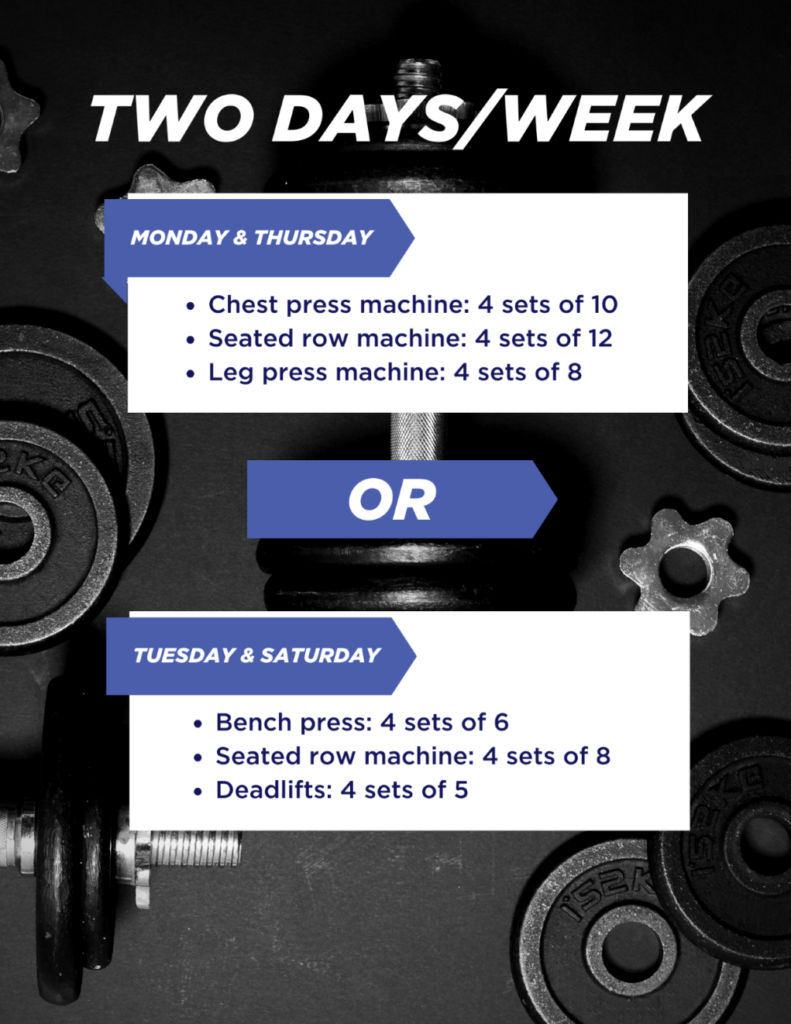
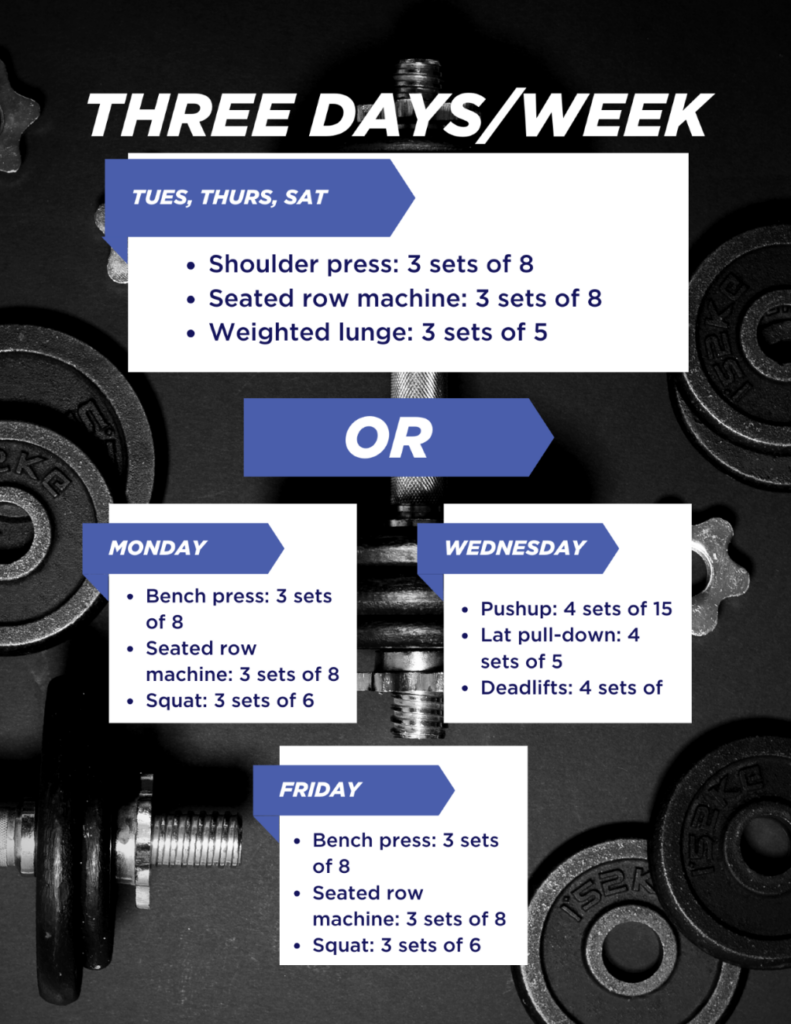





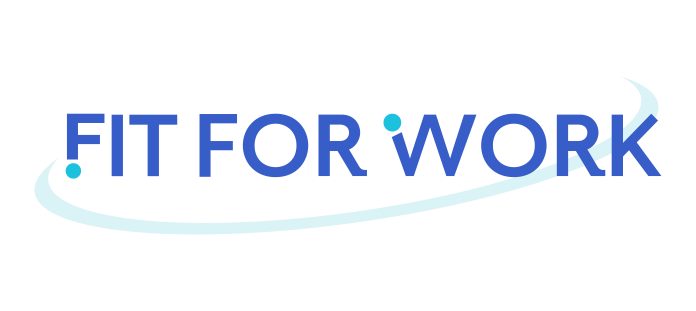


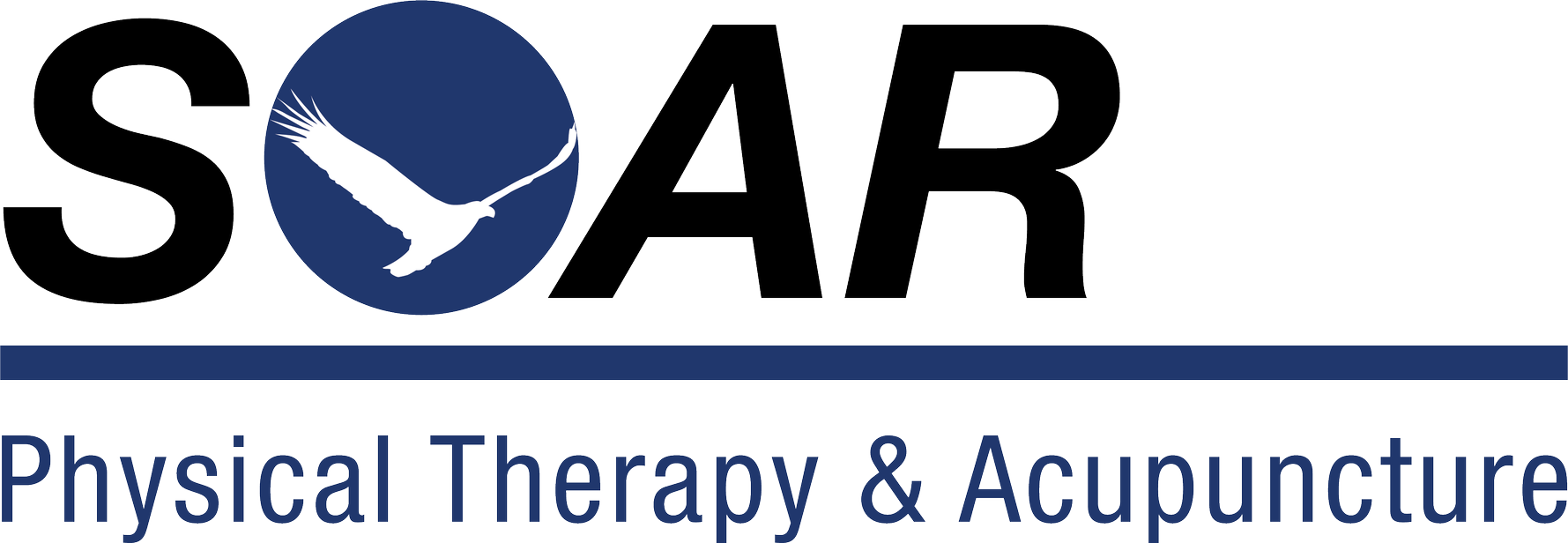


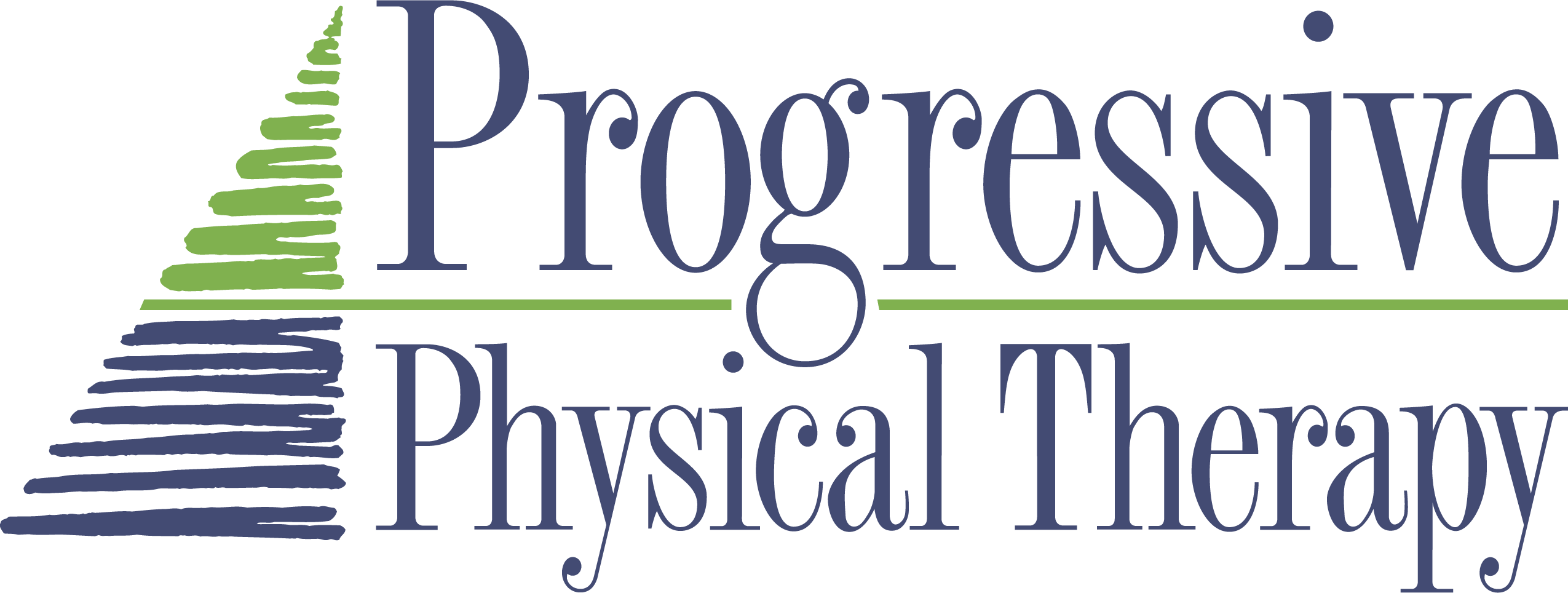

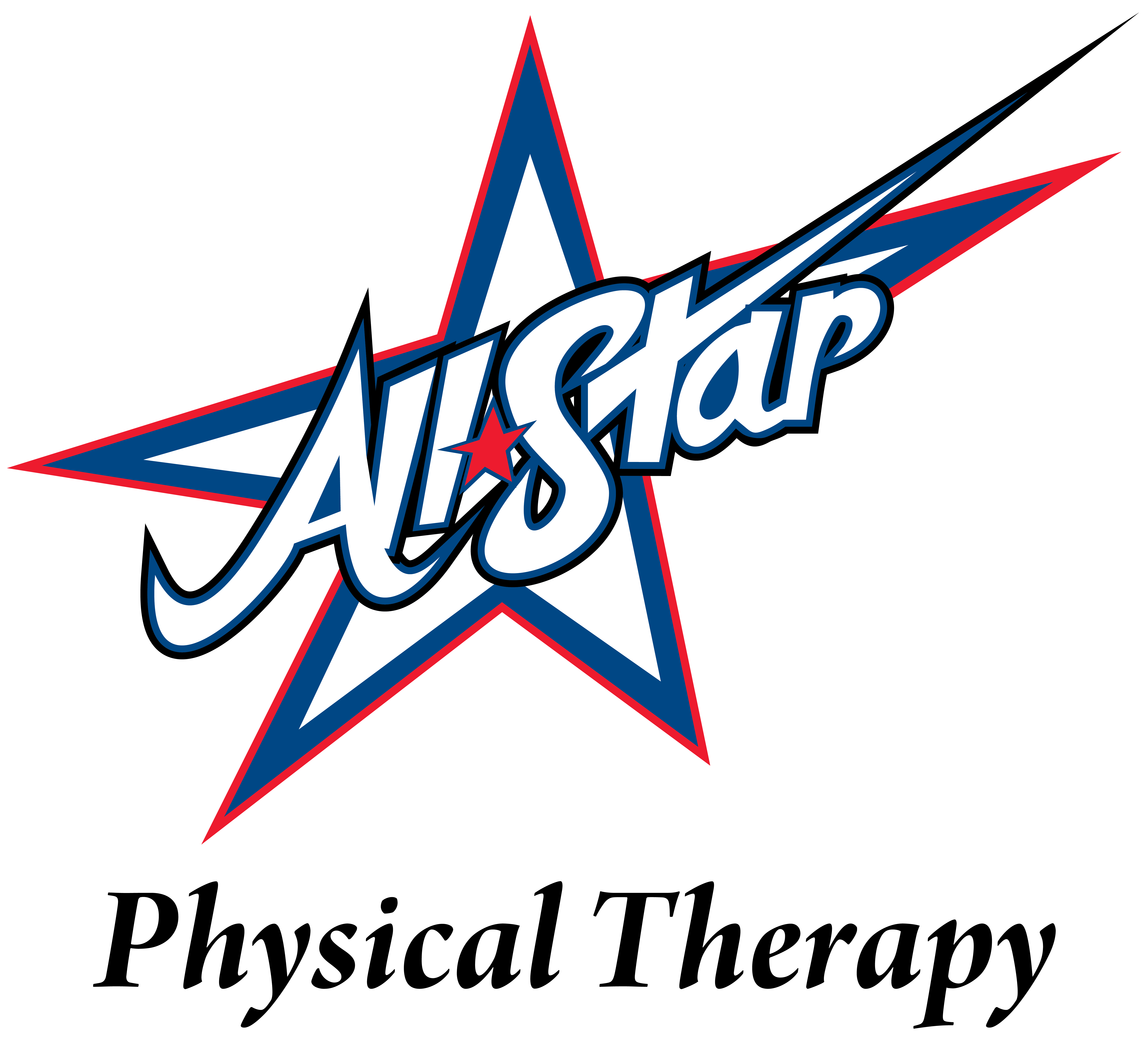




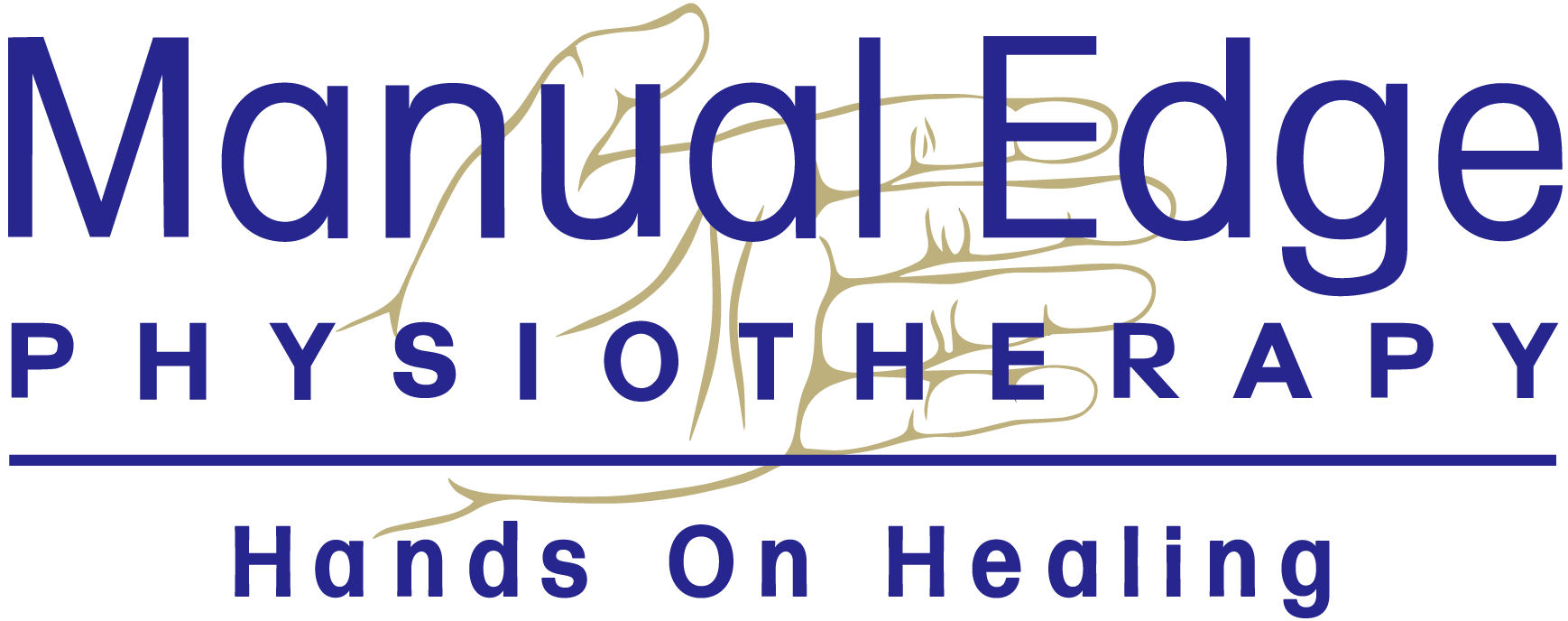
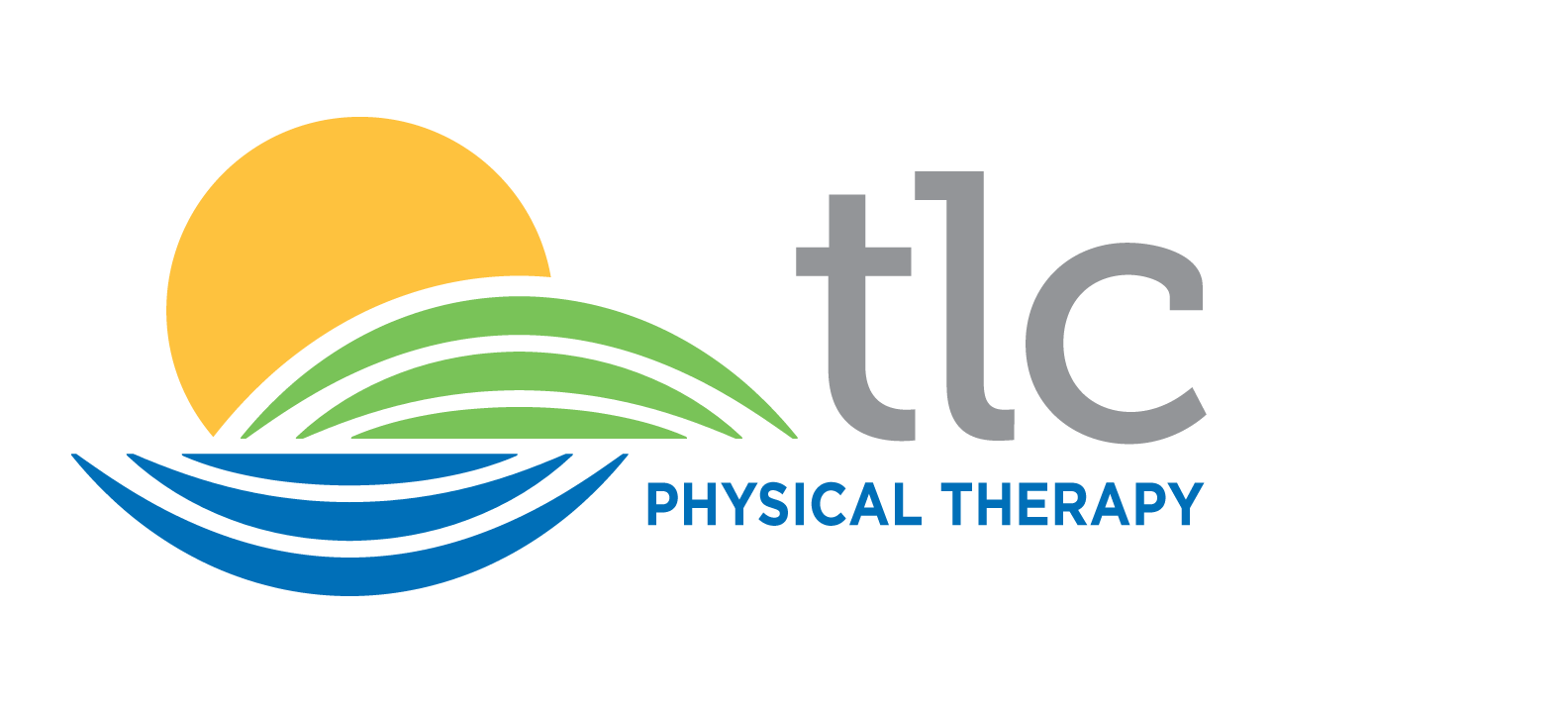
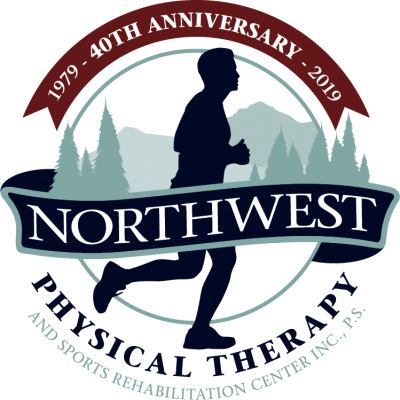





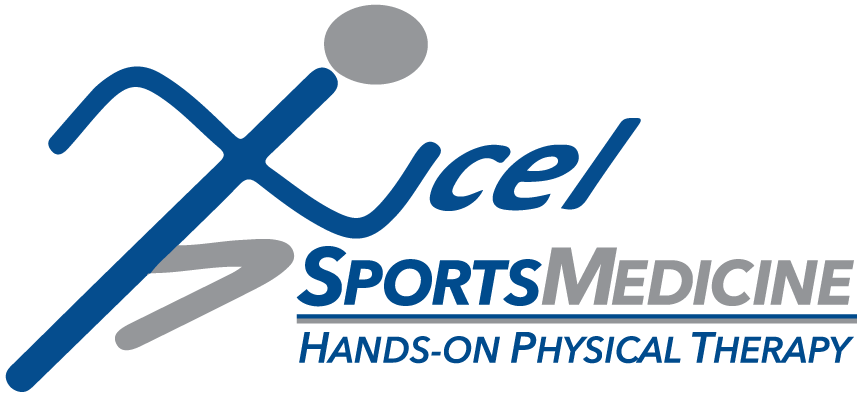



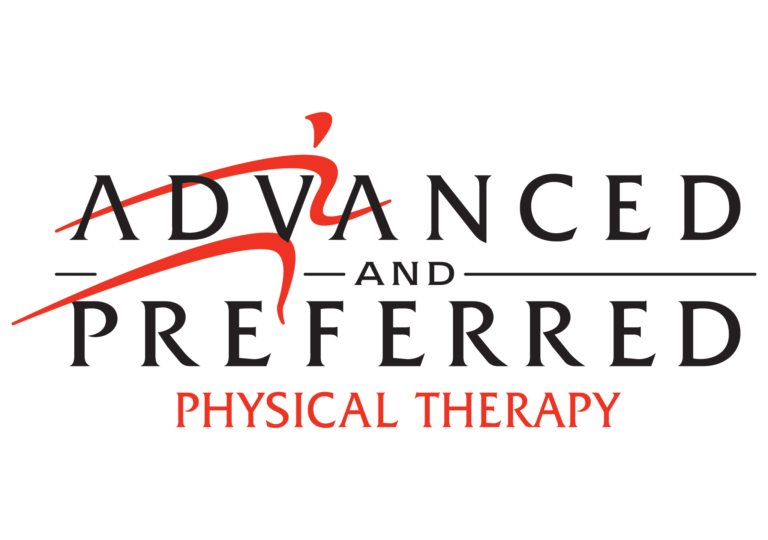



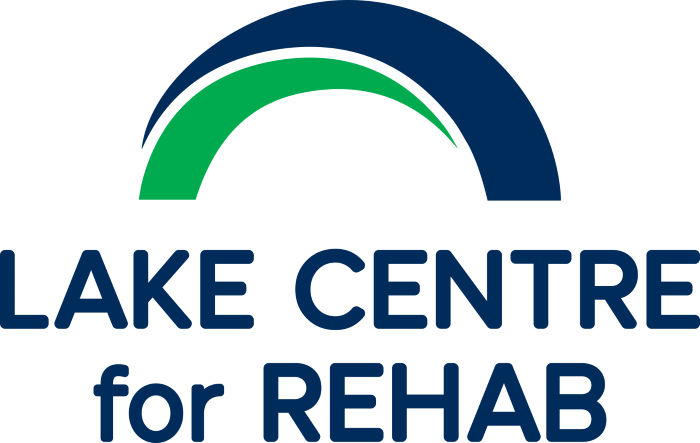


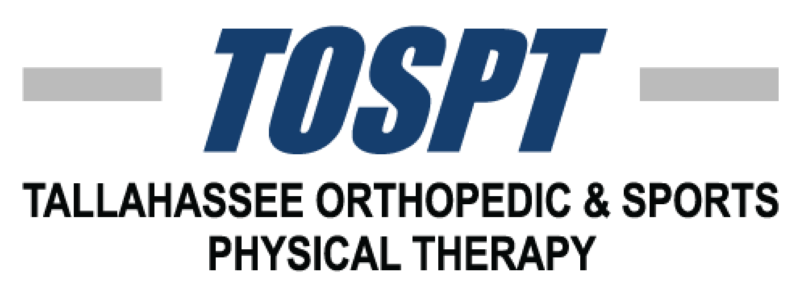






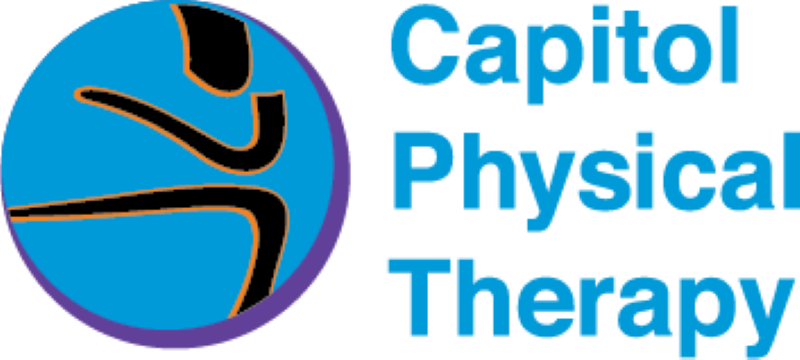






 Director of Marketing, Training and Professional Development
Director of Marketing, Training and Professional Development Marketing Consultant | Boutique Partners
Marketing Consultant | Boutique Partners Digital Marketing Specialist
Digital Marketing Specialist Digital Marketing Manager
Digital Marketing Manager Senior Graphic Designer
Senior Graphic Designer Content Production Manager
Content Production Manager Graphic Designer
Graphic Designer Senior Director of Partner Growth
Senior Director of Partner Growth Hive Marketing Liaison
Hive Marketing Liaison Digital Marketing Campaign Specialist
Digital Marketing Campaign Specialist Marketing Analyst
Marketing Analyst VP Brand Communications
VP Brand Communications  Web Designer
Web Designer Marketing Communications Specialist
Marketing Communications Specialist PR + Communications Manager
PR + Communications Manager Senior Director, Consumer Media Group
Senior Director, Consumer Media Group